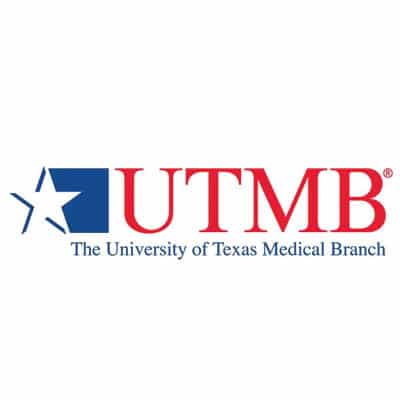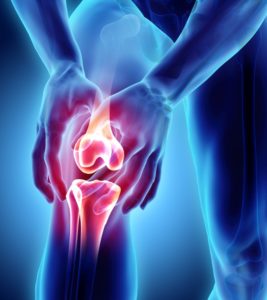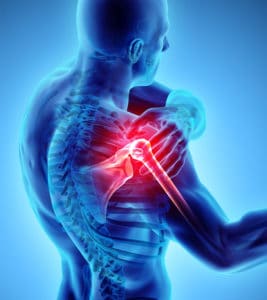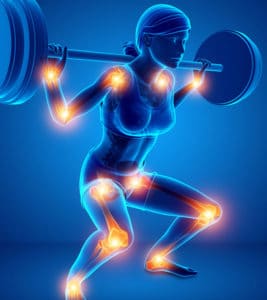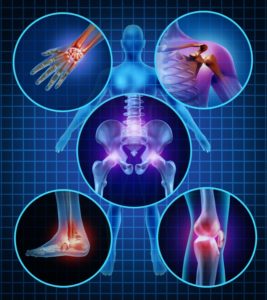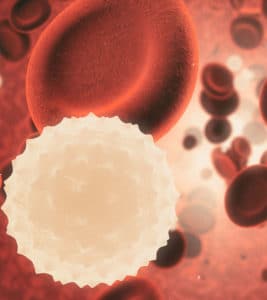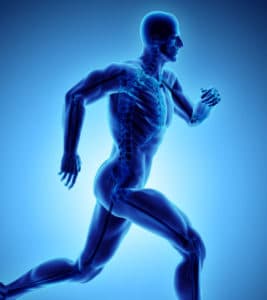Femur Fracture
A broken thighbone, also known as a femur fracture, is a serious and painful injury. The femur is one of the strongest bones in the body, and a break or fracture in the femur bone is often caused by severe injury such as trauma sustained in a motor vehicle accident. Symptoms of a femur fracture include severe pain, swelling, tenderness, physical deformity and often, the inability to walk. Treatment for a femur fracture often includes setting and immobilizing the leg, and in severe cases, surgery may be required to ensure proper healing.
Types Of Femur Fractures
Femur fractures vary based on the type of injury that was sustained, the way the bone was fractured and the location of the fracture. The femur shaft is divided into three parts and the location of injuries may include:
- Proximal femur fractures involve the upper portion of the bone, next to the hip joint
- Femoral shaft fractures involve the middle portion of the bone and are usually very severe injuries
- Supracondylar femur fractures involve the area just above the knee and are considered uncommon
In addition, femur fractures may be categorized by the type of injury, which may include:
- A transverse fracture is a straight line across the shaft of the femur
- An oblique fracture is an angled line or break
- A spiral fracture is a fracture that encircles the femur shaft
- A comminuted fracture occurs when the bone has broken into several pieces
- A displaced fracture occurs when the bone fragments on each side of the break are not aligned
- An open or compound fracture occurs when bone fragments may puncture the skin, also damaging surrounding muscles and tendons
Diagnosis Of A Femur Fracture
A femur fracture is diagnosed after a physical examination of the leg as well as imaging tests that may include X-rays or CT scans. Imaging tests allow the physician to identify the exact location of the fracture.
Treatment Of A Femur Fracture
Treatment for femur fracture may vary based on the type and location of the break and may often include:
- Setting the leg
- Immobilization through a splint or cast
- Pain medication
A displaced fracture may require the broken bones to be realigned, prior to splinting of casting of the leg. Depending on the degree of displacement, surgical or nonsurgical methods may be used to manipulate the bones back into position. Severe or multiple fractures may require external fixation, which uses an outer metal rod and pins to hold the bone or bones in place until they heal. Internal fixation devices, including plates, rods or screws, may also be used to maintain proper position of the femur during healing.
During the healing phase, physical therapy is recommended to restore normal muscle strength, range of motion, and flexibility. Complete recovery from a femur fracture commonly takes about 4 to 6 months.
Rehabilitation After Femur Fracture
The methods used to treat femur fractures can vary, and rehabilitation is always necessary after the initial treatment, to restore full movement and mobility to the ankle and help the patient return to all usual activities. After the thigh bone has healed from the initial treatment for the fracture, and patients can bear weight on the leg and joint, a physical therapy regimen is implemented to strengthen muscles and increase mobility. Without proper rehabilitation, complications such as chronic pain, inflammation and weakness, may cause difficulty walking and performing physical activities.
Nonsurgical Rehabilitation For Femur Fracture
If the femur fracture does not require surgery, it is often treated with a cast or removable brace, and patients are typically advised not to put any weight on the leg for about 8 weeks. A physical therapist will help the patient to walk safely using crutches or a walker, or other assistive device. Once the cast or brace has been removed and patients can begin moving their leg, physical therapy and home exercise are extremely important for a full recovery. Physical therapy treatments may include:
- Muscle strengthening exercises
- Gradual weight-bearing activities
- Range of motion exercises
- Balance training
Depending on the patient’s physical job requirements or athletic activities, a physical therapist may create a tailored treatment plan. Recovery times vary for each patient, but most individuals can return to all normal activities within 4 to 6 months.
Rehabilitation After Femur Fracture Surgery
Rehabilitation after femur fracture surgery is often a slow and cautious process. After surgery, the leg is put in a cast or set in a brace, for about 8 weeks. A physical therapist will work the patient to make sure that he or she is using crutches safely. The patient may not be able to bear weight on the leg for up to 12 weeks. Initial physical therapy treatments may focus on controlling pain and swelling with the use of ice or electrical stimulation treatments. Massage may also be used to ease muscle pain. Physical therapy treatments focus on improving range of motion without putting excessive strain on the healing bone or ligaments. As the femur bone heals, muscle-stengthening exercises, as well as range of motion exercises and balance training, are may all be used to increase movement and mobility. Full recovery after femur fracture surgery may take up to 6 months.




